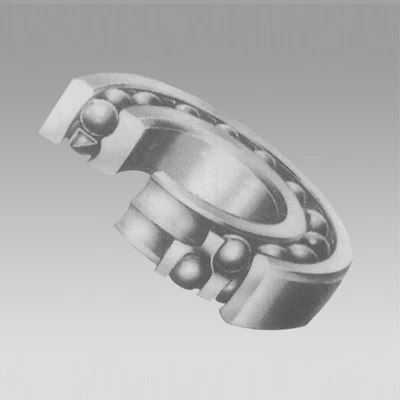
Jan . 02, 2025 11:07 Back to list
61906 bearing
Understanding 61906 Bearings A Deep Dive into Design, Application, and Benefits
Bearings play a crucial role in a vast array of mechanical applications, providing support, reducing friction, and enabling rotational movement. Among the multiple types of bearings available, the 61906 bearing has carved a niche for itself in various industries due to its unique characteristics and versatility. This article delves into the features, applications, and advantages of 61906 bearings.
What is a 61906 Bearing?
The 61906 bearing is a type of deep groove ball bearing, characterized by its high radial load capacity and ability to accommodate axial loads in both directions. The designation 61906 indicates specific dimensions and properties in accordance with ISO standards. This bearing typically has an inner diameter of 30 mm, an outer diameter of 47 mm, and a width of 9 mm. These dimensions enable it to fit into a myriad of applications, making it a popular choice among engineers and designers.
Construction and Material
61906 bearings are manufactured using high-quality steel, which provides durability and high resistance to wear and tear. The balls within the bearing are usually made of steel or ceramic materials, allowing them to withstand significant mechanical stress. Furthermore, these bearings may come with shields or seals to prevent the ingress of dirt and moisture, thereby extending their operational life.
Operating Characteristics
One of the most remarkable aspects of the 61906 bearing is its ability to operate at various speeds while maintaining efficiency. With a dynamic load capacity typically around 18.2 kN and a static load capacity of about 10.9 kN, it is suitable for both low and high-speed applications. The friction generated by the 61906 bearing is minimal, leading to reduced energy consumption and extended component life.
Applications of 61906 Bearings
The versatility of 61906 bearings translates into a wide range of applications across different industries. Here are some notable sectors where they are commonly utilized
1. Electric Motors Synchronous and asynchronous motors often use 61906 bearings due to their ability to support high-speed rotation while controlling vibration and heat build-up.
61906 bearing

3. Industrial Machinery In manufacturing and processing equipment, 61906 bearings ensure smooth operation and enhanced efficiency, contributing to improved productivity.
4. Home Appliances Many household appliances, such as refrigerators and washing machines, incorporate these bearings to ensure quiet and efficient operation.
5. Aerospace In the aerospace sector, where precision and reliability are paramount, the 61906 bearing finds its place in systems requiring low friction and high load capabilities.
Benefits of Using 61906 Bearings
Opting for 61906 bearings presents numerous advantages
- High Efficiency The design and material of these bearings minimize friction, enabling machines to operate more efficiently and consume less energy—an essential consideration in today’s sustainability-conscious environment.
- Durability With their robust construction, 61906 bearings are designed to withstand harsh operating conditions and high loads, leading to extended service life and reduced maintenance costs.
- Versatility The ability to accommodate both radial and axial loads makes 61906 bearings a flexible option suitable for various mechanical arrangements and applications.
- Cost-Effective Given their longevity and reliability, investing in high-quality 61906 bearings can reduce lifecycle costs associated with replacements and repairs.
Conclusion
61906 bearings embody a blend of engineering excellence and practical application, making them an essential component in various fields. Understanding their features and benefits allows manufacturers and designers to make informed decisions that enhance functionality and efficiency in their products. As industries continue to evolve towards more demanding applications, the significance of reliable components like the 61906 bearing cannot be overstated. Through ongoing innovation and adaptation, these bearings will remain a cornerstone of mechanical design and engineering for years to come.
Latest news
-
Premium Deep Groove Ball Bearings | High Speed & Reliability
NewsAug.29,2025
-
Durable Scaffolding Clamps - Secure & Reliable Tube Connectors
NewsAug.28,2025
-
Common Failures in Thrust Ball Bearings and Solutions
NewsAug.22,2025
-
How Tapered Roller Bearings Can Take Shock Loads
NewsAug.22,2025
-
Angular Bearings in High-Precision Spindles
NewsAug.22,2025
-
The Impact of Misalignment on Cylindrical Roller Bearing Performance
NewsAug.22,2025
